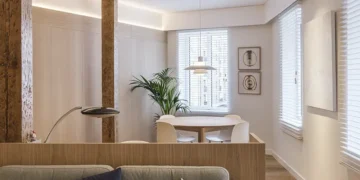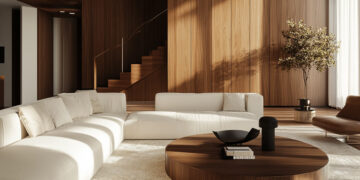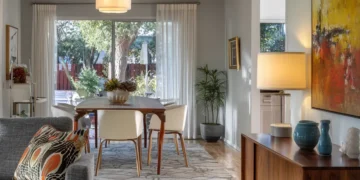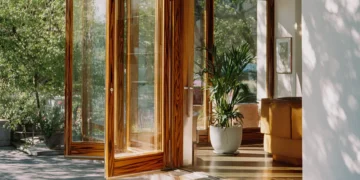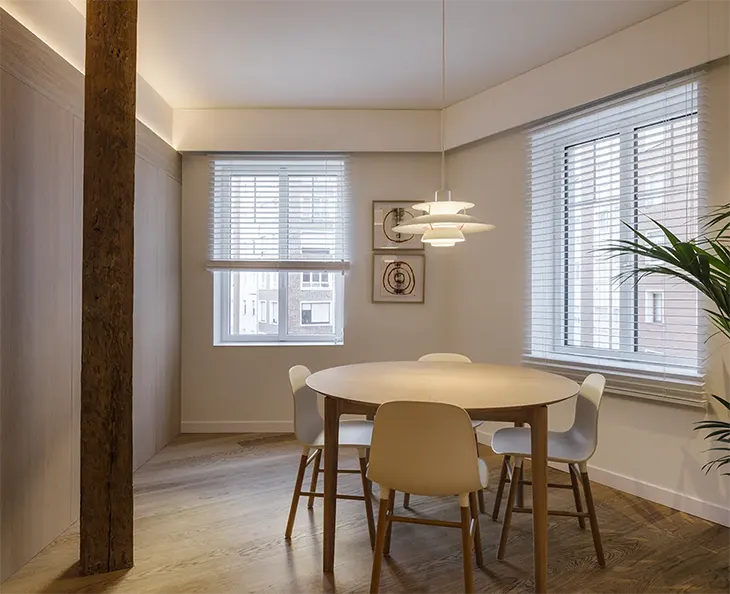
The right lighting can transform a dull, uninspiring room into a vibrant, welcoming space without breaking the bank. Unlike major renovations that require significant investment, DIY lighting upgrades offer an accessible way to revitalize your home’s ambiance while showcasing your personal style. Whether you’re a renter with limitations or a homeowner looking for budget-friendly improvements, these lighting projects deliver maximum impact with minimal expense and effort.
The Power of Layered Lighting
The secret to professional-looking interior design lies in layered lighting. Rather than relying solely on harsh overhead fixtures, interior designers combine ambient, task, and accent lighting to create depth and visual interest. Ambient lighting provides overall illumination, task lighting serves functional purposes like reading or cooking, and accent lighting highlights architectural features or décor elements.
Creating a layered effect doesn’t require hiring an electrician or spending thousands. Start by assessing your space’s current lighting situation. Most homes rely too heavily on ceiling fixtures that cast unflattering shadows and create a flat atmosphere. By introducing various light sources at different heights and intensities, you can instantly elevate your space’s sophistication.
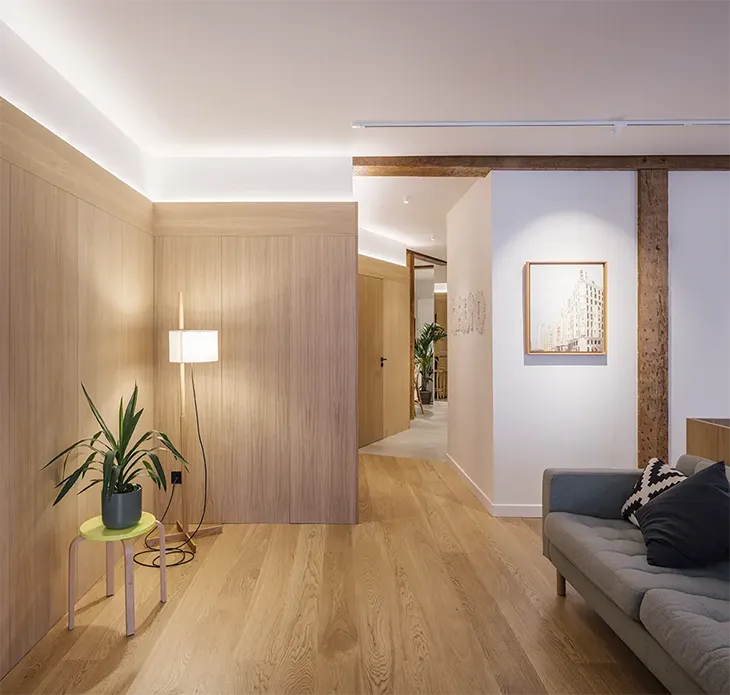
Reimagining Existing Fixtures
Before purchasing new lighting (like these light fixtures), consider upgrading what you already have. That dated brass chandelier or basic builder-grade ceiling fan doesn’t need to be replaced entirely. With a can of spray paint in matte black, brushed nickel, or oil-rubbed bronze, you can modernize metal components for under $10. Simply remove the fixture (always turn off power at the breaker first), disassemble, clean thoroughly, apply several light coats of paint, and reassemble once dry.
For pendant lights and lamps, swapping out basic shades for more distinctive options offers another budget-friendly transformation. Look for replacement shades at thrift stores, or create custom ones using materials like rattan, copper wire, or even repurposed items such as wire baskets or colorful glass bottles. These personalized touches not only improve lighting quality but also serve as conversation-starting design elements.
Strategic Plug-In Solutions
Not everyone can install new electrical wiring, but plug-in lighting options have evolved far beyond basic table lamps. Modern plug-in sconces, pendant lights, and even chandeliers offer the look of hardwired fixtures without the complexity or commitment. These options are particularly valuable for renters or those hesitant to tackle electrical projects.
Wall-mounted sconces installed beside beds eliminate the need for nightstands in small bedrooms while providing perfect reading light. In living areas, plug-in pendant lights can be swaged from hooks installed in the ceiling, creating a focal point above seating areas or dining tables. The visible cord, once considered unsightly, has become a design feature when using fabric-wrapped or colorful options.
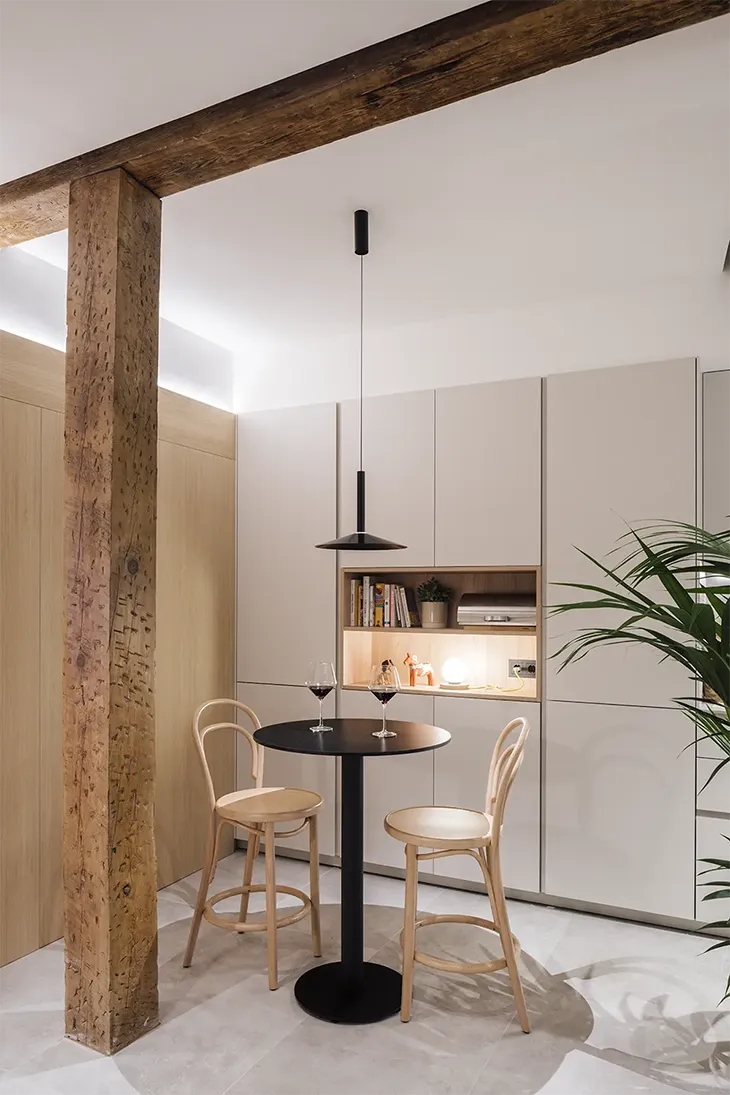
The Magic of LED Strip Lighting
Perhaps the most versatile and affordable lighting innovation in recent years, LED strip lighting brings professional effects within DIY reach. These flexible, adhesive-backed strips can be installed under kitchen cabinets to illuminate countertops, behind televisions for immersive backlighting, along staircases for safety and drama, or under furniture pieces for a floating effect.
Most LED strip kits come with remote controls for adjusting brightness and color, allowing you to transform your space’s mood with the press of a button. For the most polished look, invest in diffuser channels that eliminate the dotted appearance of individual LEDs and create a seamless glow. Complete kits with everything needed for installation typically cost between $20-50, depending on length and features.
Reimagining Ordinary Objects as Light Sources
Some of the most striking lighting upgrades repurpose unexpected items. Mason jars filled with string lights create charming lanterns for outdoor gatherings. Woven baskets inverted over bulbs become bohemian pendant shades. Vintage items like antique colanders, birdcages, or industrial machinery parts can be transformed into truly unique fixtures that showcase your creativity.
When repurposing objects, prioritize safety by ensuring proper distance between bulbs and materials, using low-heat LED bulbs, and securing all components properly. Online tutorials specific to your chosen project can provide important safety guidelines and step-by-step instructions.
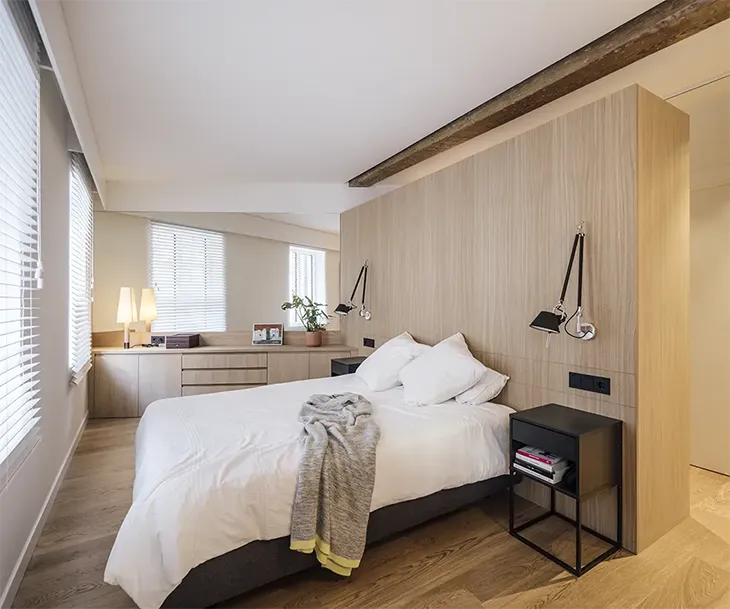
Smart Lighting for Modern Living
For those willing to invest slightly more, smart lighting systems represent the future of home illumination. Entry-level smart bulbs start around $15 and allow control via smartphone apps or voice commands through devices like Amazon Echo or Google Home. Program lights to turn on gradually in the morning, adjust automatically throughout the day, or create preset scenes for different activities like movie watching or dinner parties.
Beyond convenience, smart lighting offers significant energy savings by ensuring lights operate only when needed and at appropriate brightness levels. Over time, these efficiency improvements often offset the initial investment.
Final Touches: The Importance of Bulb Selection
Even the most beautiful fixture falls short with the wrong bulb. When selecting light bulbs, consider both color temperature and brightness. Warm white (2700-3000K) creates cozy, inviting spaces ideal for living rooms and bedrooms, while cooler temperatures (3500-4100K) enhance focus in home offices and kitchens. For most residential applications, avoid harsh daylight bulbs (5000K+) that can create an institutional feel.
Consider installing dimmer switches where possible, allowing flexibility to adjust lighting levels throughout the day. Most modern LED bulbs are dimmable, but always check packaging for compatibility with your specific dimmer type.
With these accessible DIY lighting upgrades, you don’t need a designer’s budget to create a professionally lit home. By thoughtfully layering light sources, reimagining existing fixtures, and embracing new technologies, you can transform your living space’s atmosphere while expressing your personal style. The best lighting design goes largely unnoticed, creating environments that simply feel right – comfortable, welcoming, and thoughtfully designed.
Images from Churri House by Zooco Studio – see full article here.
